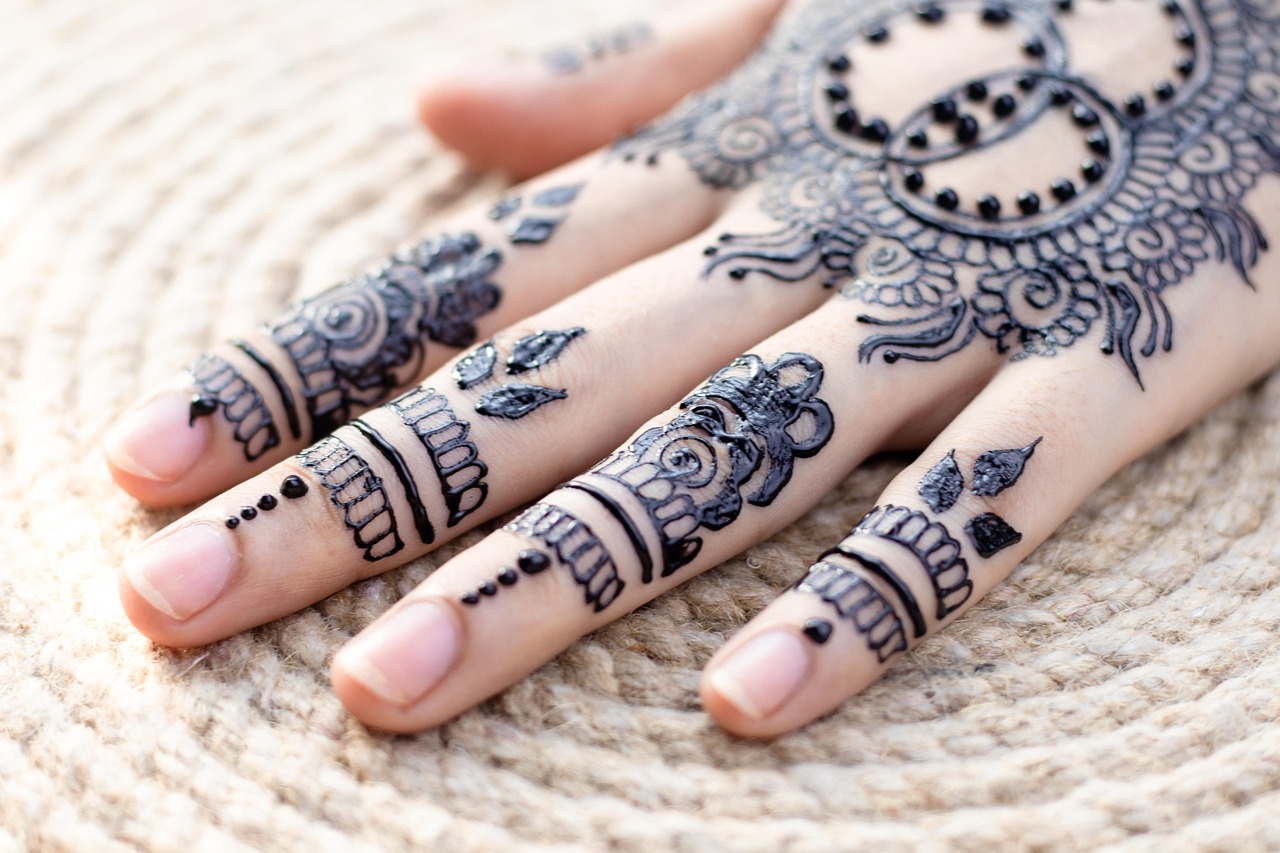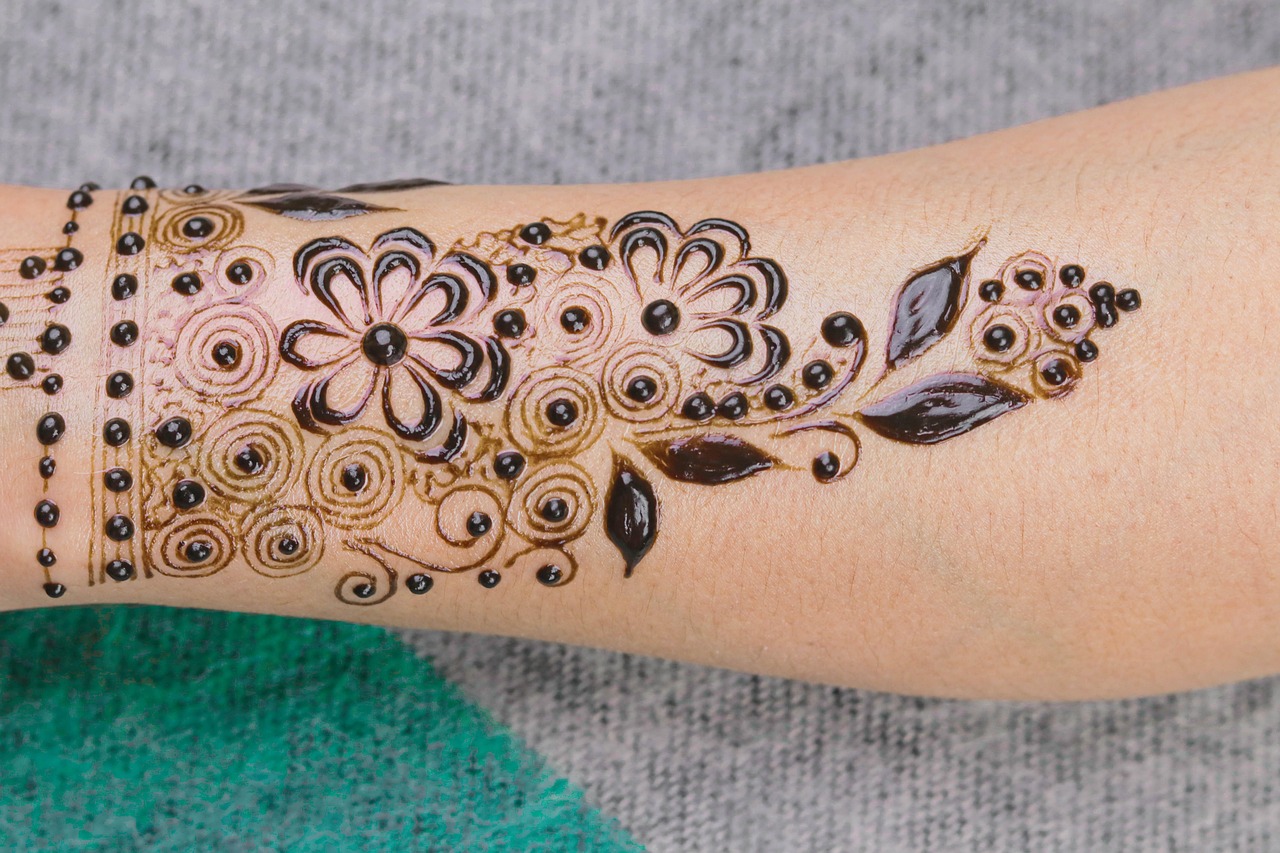Exploring the Beauty of Mehndi Elephant Design: Trends and Tips
In the world of intricate mehndi art, elephant motifs stand out as a timeless favorite. The mehndi elephant design represents strength, wisdom, and prosperity, making it an ideal choice for occasions like weddings and festivals. Whether you’re a fan of traditional henna art or want to explore unique contemporary designs, elephant-themed mehndi patterns are captivating and versatile. In this blog post, weâll dive deep into the world of mehndi elephant designs, explore their significance, and offer tips to incorporate them beautifully in your next henna session.
Key Aspects of Mehndi Elephant Design
One of the most defining features of mehndi elephant designs is their intricate detailing. These motifs often include elaborative patterns, such as florals, paisleys, and mandalas, skillfully incorporated into the elephant’s shape. They hold symbolic importance in cultures across the globe and make a significant statement in any mehndi application.
Why Are Elephants Commonly Featured in Mehndi Designs?
The elephant is a revered symbol in many cultures, particularly in South Asia. It represents power, wisdom, and good luck. In Indian traditions, elephants are associated with Lord Ganesha, the Hindu deity known to remove obstaclesâa symbol of auspicious beginnings and protection.
External Information – Cultural Significance
According to Britannica, elephants have held spiritual significance in Indian and Southeast Asian culture for centuries, often featured in religious festivals, rituals, and designs.
Adding Detail and Creativity to Mehndi Elephant Designs
While traditional elephant designs are detailed and intricate, modern variations often incorporate trendy aesthetics like geometric shapes or abstract art. This evolution makes the design appealing to younger generations while retaining its cultural significance.
How Can You Personalize a Mehndi Elephant Design?
Personalization can include adding initials, wedding dates, or symbols such as lotuses or peacocks alongside elephants. You can even adapt the design’s size based on placement, like the palms, arms, or feet.
External Information – A Case Study
Notable examples of customized mehndi elephant designs have been seen at celebrity weddings. For instance, at the wedding celebration of a Bollywood actress, the coupleâs initials were cleverly worked into the elephant mehndi, adding a sweet personal touch. This highlights the versatility of the motif for various occasions.
Tips to Perfect Your Mehndi Elephant Design
If youâre planning to incorporate a mehndi elephant design into your henna art, precision and patience are key. Here are a few practical tips to ensure your design turns out flawless.
What Are the Best Tips for Creating Intricate Mehndi Designs?
- Use a fine-tipped mehndi cone for detailed patterns and smoother curves.
- Practice basic shapes like paisleys and florals, which commonly complement elephant motifs.
- Start with the outline before filling in intricate details within the elephantâs frame.
External Information – Expert Tip
According to renowned mehndi artist Divya Patel, âPrecision is key for designs like elephants. Always sketch lightly before starting, and use a reference image to guide your lines.â
Conclusion
The mehndi elephant design is more than just a pattern; itâs an artistic expression of tradition, culture, and personal creativity. From its historical significance to modern customizations, these designs continue to captivate and inspire. Ready to try one out? Impress your friends and family at the next festive event by incorporating this stunning motif into your henna art. Donât forget to share your experiences and designs with us in the comments below!
Call-to-action: Looking for more mehndi inspirations? Explore our curated gallery of designs or subscribe for regular updates on the latest trends!



